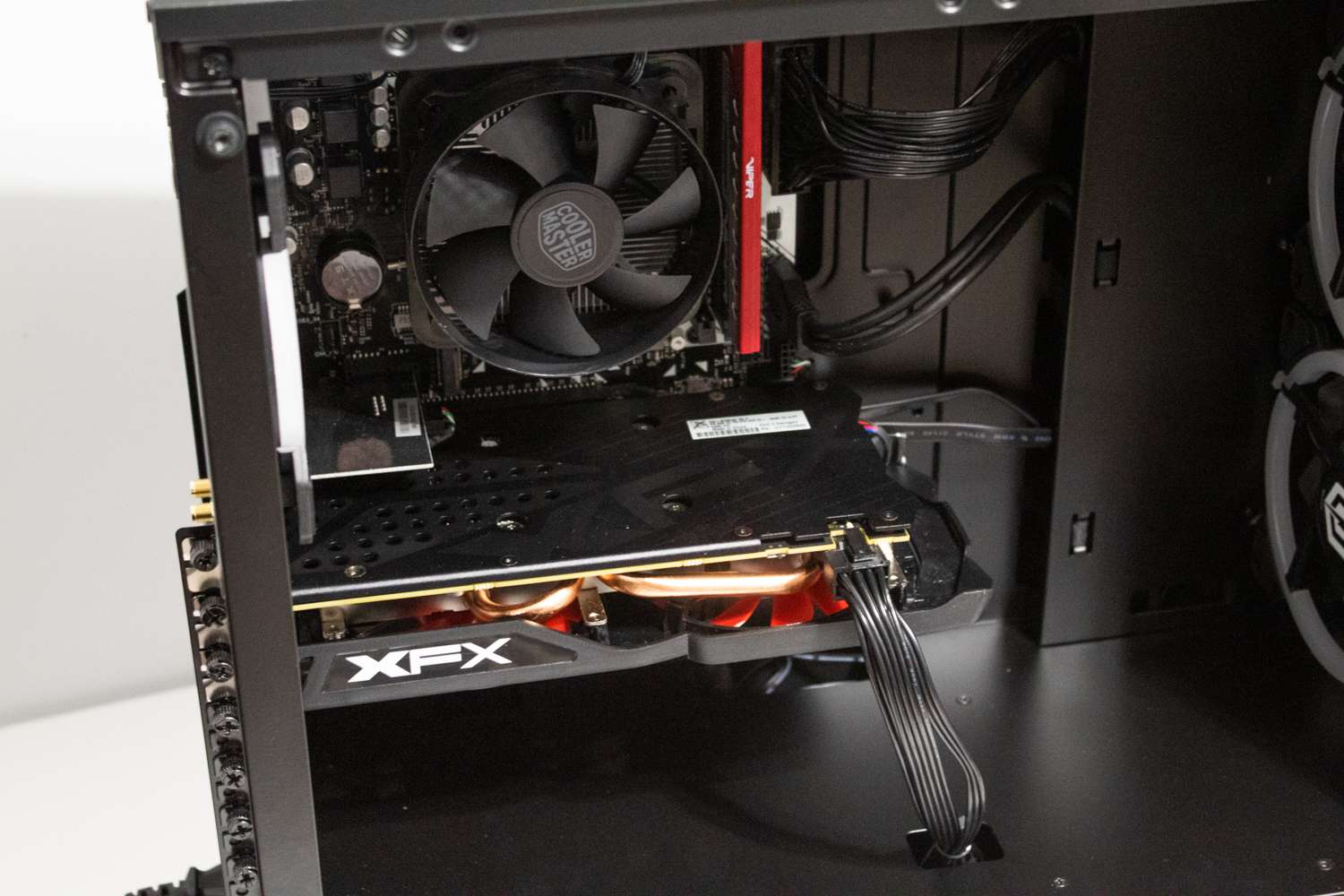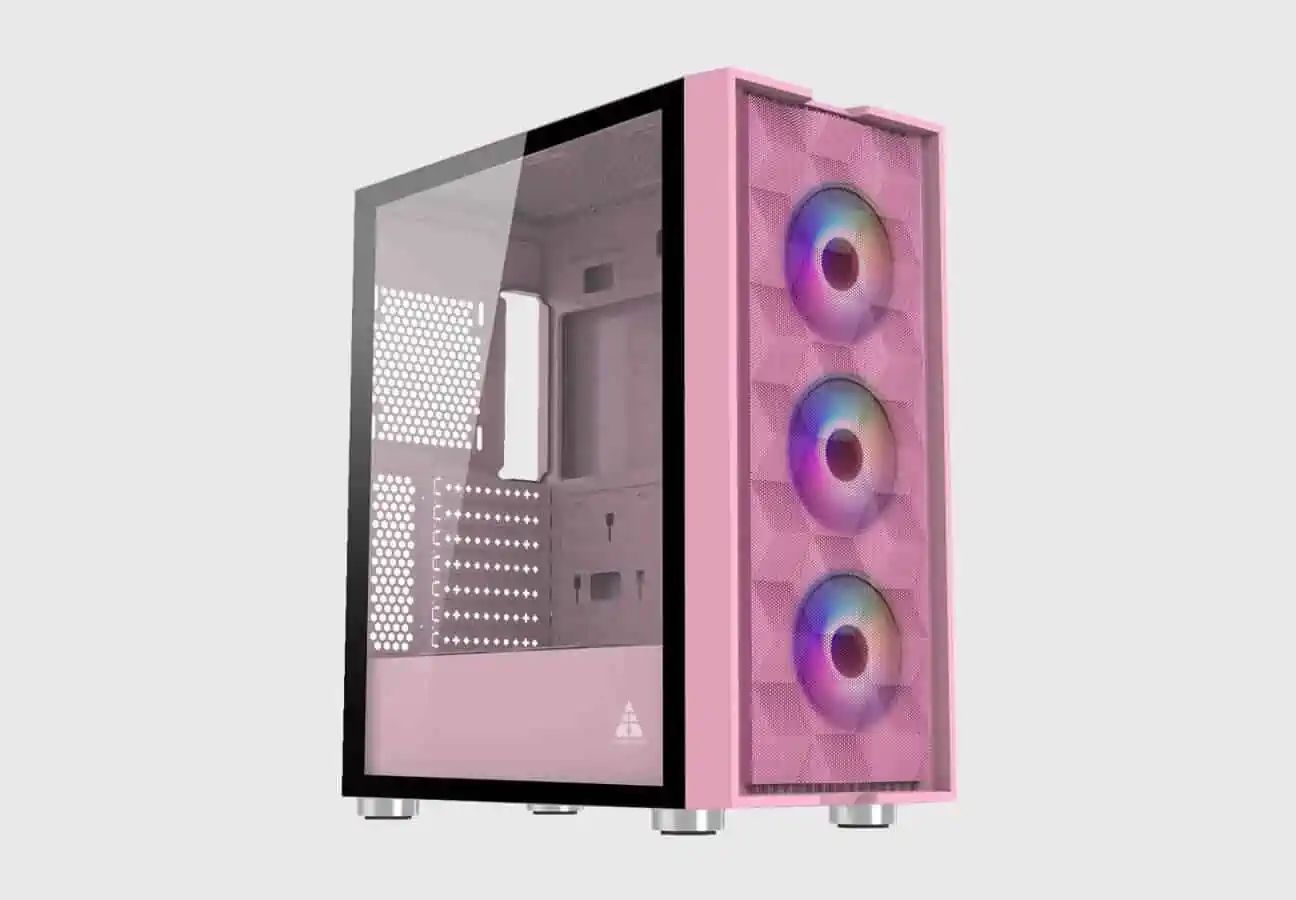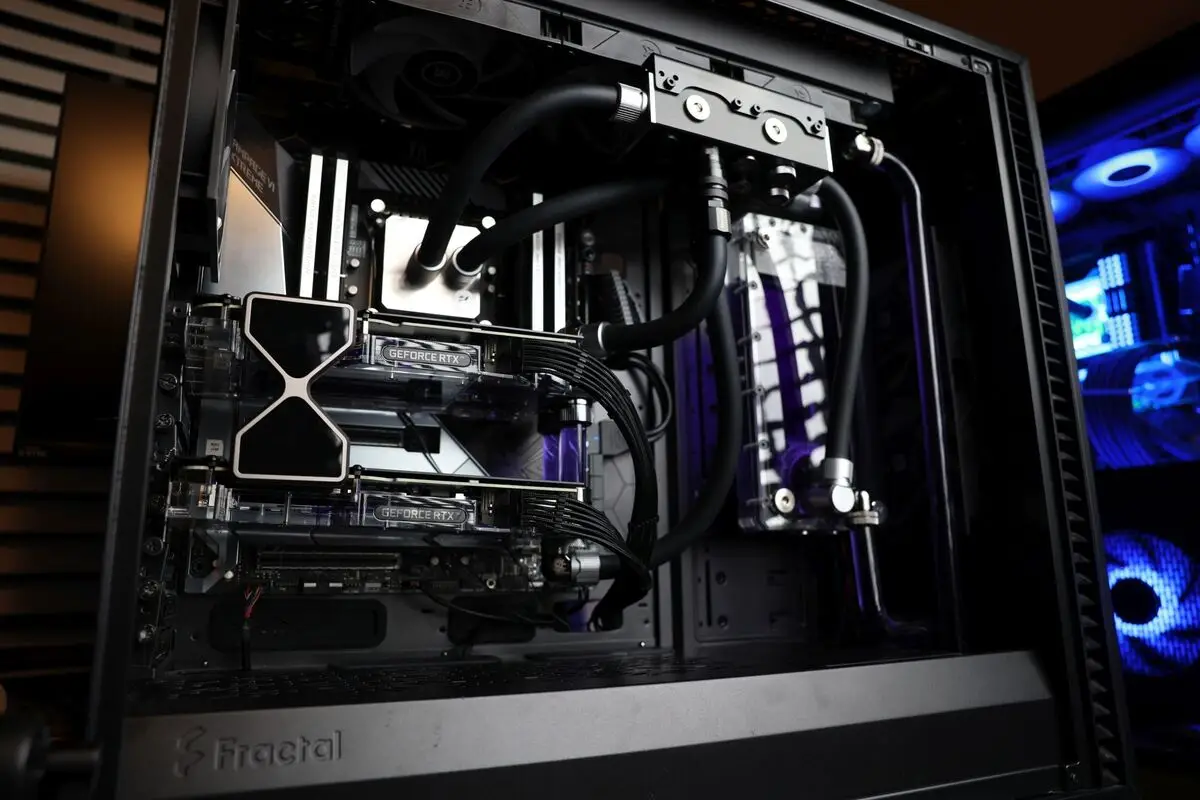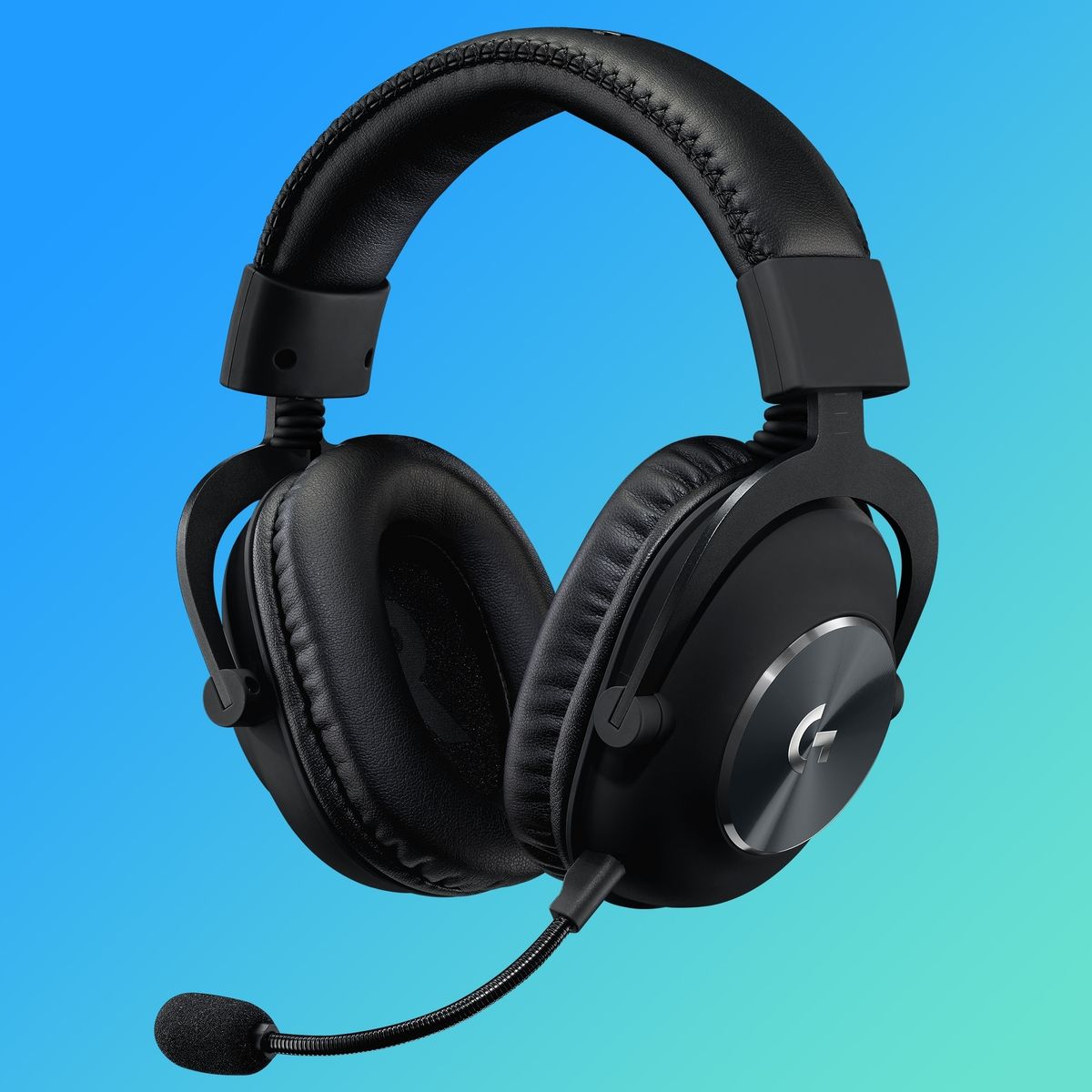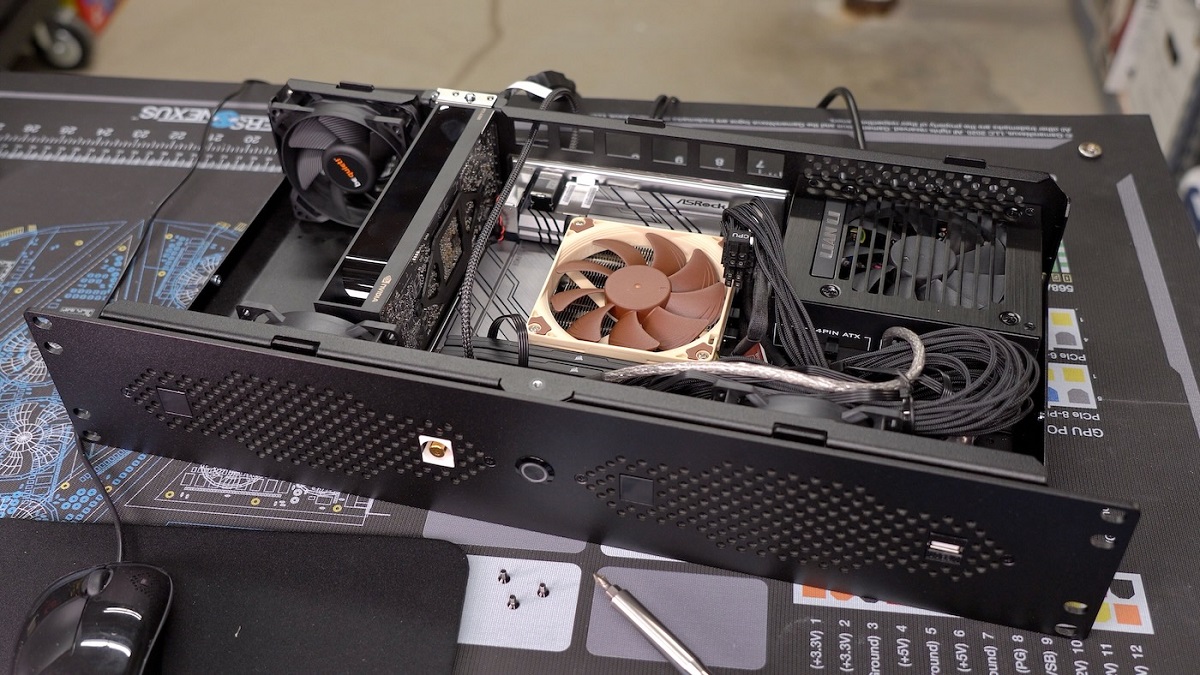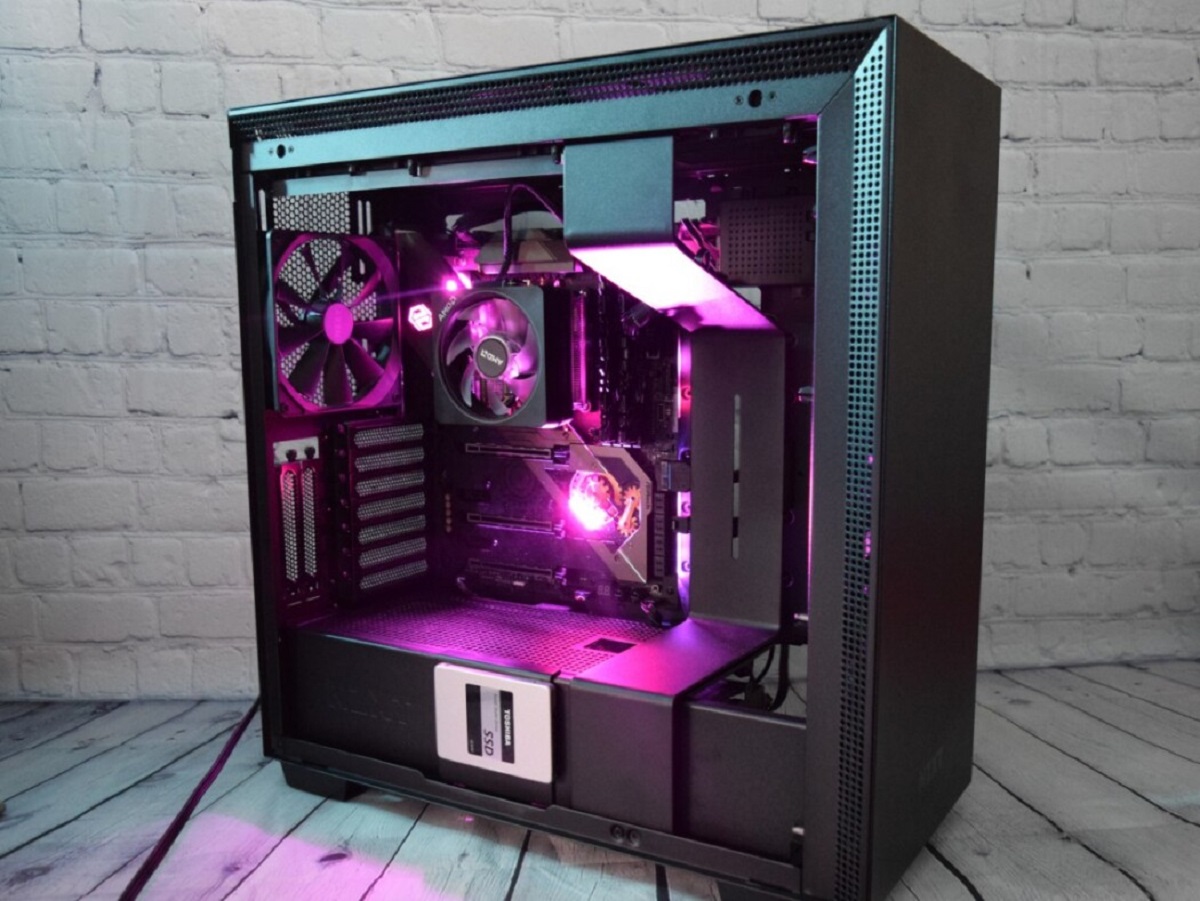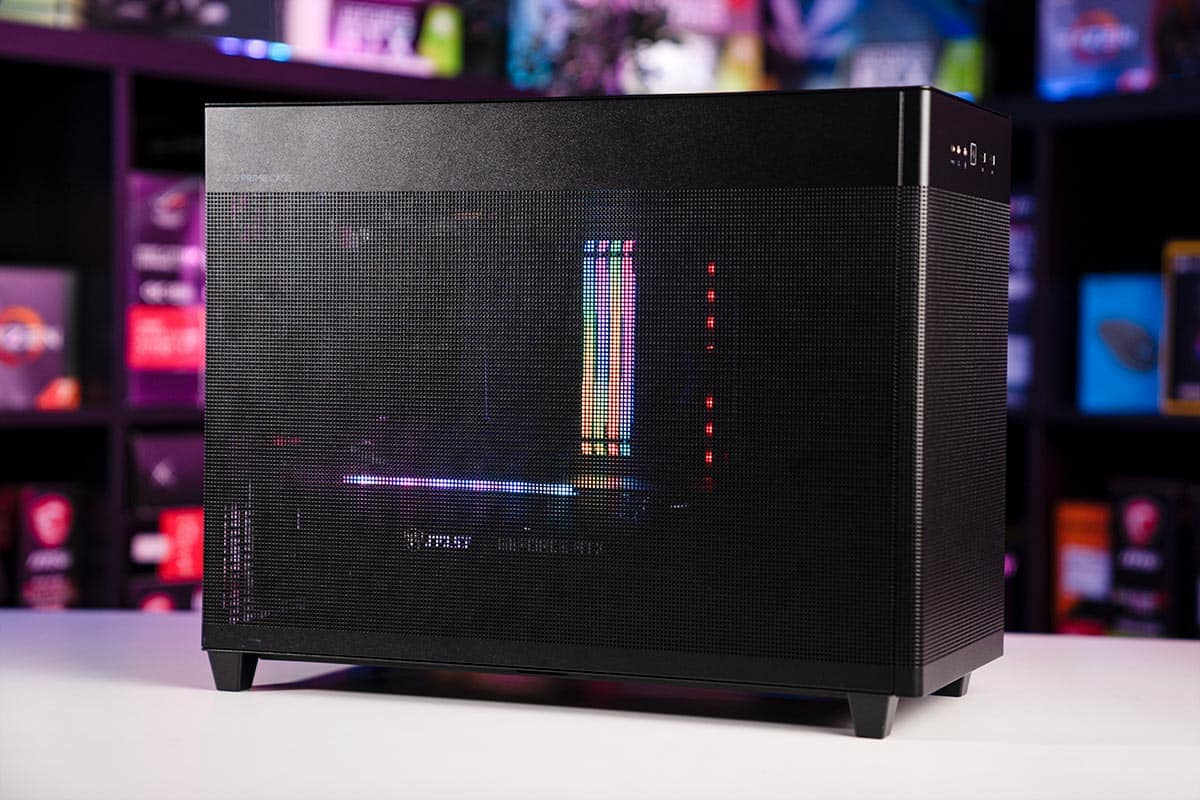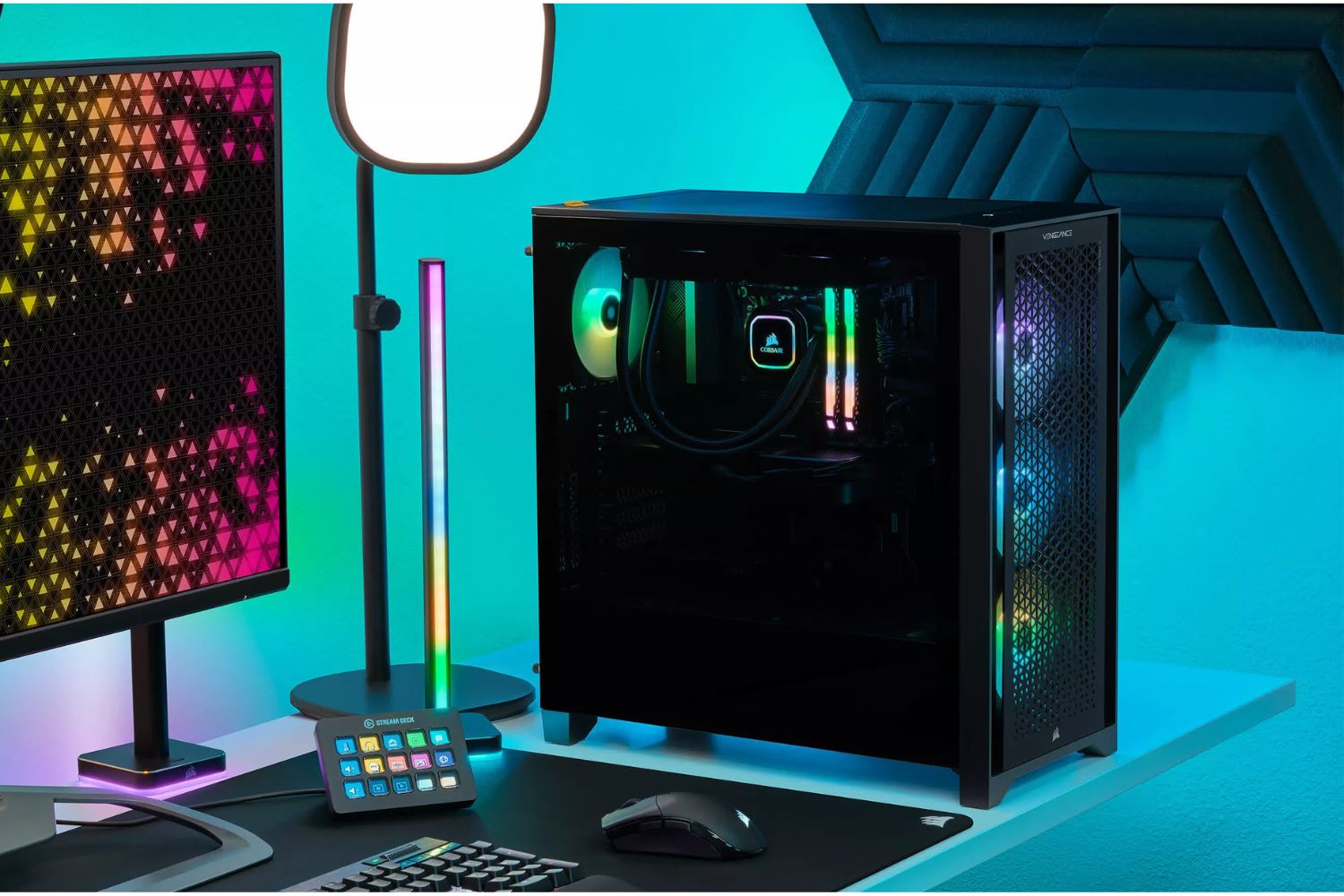Introduction
Welcome to this guide on how to fix the PC case’s 3.5 mm jack! The 3.5 mm jack, also known as the audio or headphone jack, is a common feature on PCs that allows you to connect external speakers, headphones, or other audio devices to your computer. However, sometimes you may encounter issues with the jack, such as distorted sound, no sound at all, or problems with the connections.
In this article, we will walk you through the troubleshooting steps to resolve these issues and get your PC case’s 3.5 mm jack functioning properly. Whether you’re experiencing audio problems while gaming, listening to music, or watching videos, the solutions outlined here will help you diagnose and fix the problem.
Before delving into the troubleshooting steps, it’s important to note that the 3.5 mm jack is a hardware component and can be subject to wear and tear over time. If your PC case’s jack is damaged physically, it might require professional repair or replacement. However, the methods we will discuss primarily focus on software-related issues, driver updates, and general troubleshooting techniques.
We recommend following the steps in the order presented, as they progress from the simplest to the more advanced solutions. It is always a good idea to start with the basics, such as checking the connections and cleaning the jack. If these steps don’t solve the problem, you can move on to other troubleshooting methods outlined later in this guide.
Now that we have covered the basics, let’s get started with the troubleshooting process to fix the PC case’s 3.5 mm jack. Remember to stay patient and attentive during the process, as it can require a combination of software and hardware adjustments to resolve the issue. So, grab your headphones or speakers and let’s dive in!
Checking the Connections
The first step in troubleshooting the PC case’s 3.5 mm jack is to ensure that all connections are secure. Sometimes, a loose or improperly plugged-in cable can cause audio issues. Follow these steps to check the connections:
- Start by disconnecting the headphone or speaker cable from the 3.5 mm jack.
- Inspect the jack and remove any debris or dust that may have accumulated. Use a gentle brush or a can of compressed air to clean the port.
- Next, examine the cable for any visible signs of damage such as fraying or bent connectors. If you find any, consider replacing the cable.
- Once you have confirmed that the cable is in good condition, firmly plug it back into the 3.5 mm jack. Make sure it is fully inserted and secure.
- If you are using an audio extension cable or an adapter, ensure that they are also properly connected and in good working condition.
After completing these steps, test the audio by playing a sound or video file. If the problem persists, move on to the next troubleshooting step. It’s worth mentioning that checking and securing the connections is a simple yet crucial step that can often fix audio issues caused by minor loose connections or debris in the jack.
Cleaning the Jack
If checking the connections didn’t resolve the issue, the next step is to clean the PC case’s 3.5 mm jack. Over time, debris, dust, or even corrosion can accumulate in the jack, leading to poor audio quality or no sound at all. Cleaning the jack can help restore proper functionality. Follow these steps to clean the jack effectively:
- Start by turning off your computer or disconnecting any external devices.
- Using a flashlight, carefully inspect the 3.5 mm jack for any visible debris, dust, or corrosion. If you notice any, proceed with caution to avoid causing damage to the port.
- Take a cotton swab or a soft-bristled brush and gently clean the inside of the jack. Be mindful not to apply too much pressure or push any debris further into the port.
- If the port is heavily contaminated, you can also use isopropyl alcohol on the cotton swab. Dampen the swab slightly with alcohol and clean the inside of the jack, ensuring it is dry before connecting any cables.
- Repeat this process a few times until the cotton swab comes out clean and there are no visible signs of dirt or debris.
- Allow the jack to dry completely before plugging in any audio devices.
Once you have cleaned the jack, reconnect your headphones or speakers and test the audio. In many cases, cleaning the jack can remove any obstructions and enable better audio transmission. However, if you are still experiencing problems, proceed to the next troubleshooting step.
Updating the Audio Drivers
Outdated or incompatible audio drivers can often be the culprit behind audio issues with the PC case’s 3.5 mm jack. To ensure optimal performance and compatibility, it is essential to keep the audio drivers up to date. Follow these steps to update the audio drivers on your computer:
- Open the Device Manager on your computer. You can do this by right-clicking on the Start button and selecting “Device Manager” from the menu.
- In the Device Manager window, locate and expand the “Sound, video, and game controllers” section.
- Right-click on the audio driver listed (it may be named differently depending on your system) and select “Update driver.”
- Choose the option to automatically search for updated driver software. Windows will then search for the latest driver version and install it if available.
- If Windows doesn’t find a new driver, you can visit the manufacturer’s website of your computer or sound card and search for the latest driver manually. Download the driver installation file and run it to update the audio driver.
- After the driver is updated, restart your computer to apply the changes.
Once your computer has restarted, reconnect your audio devices and check if the audio problem is resolved. Updating the audio drivers ensures that your system has the latest compatibility improvements and bug fixes, which can address issues related to the 3.5 mm jack. If the problem persists, continue to the next troubleshooting step.
Adjusting the Sound Settings
If updating the audio drivers didn’t fix the issue, you may need to make some adjustments in the sound settings of your computer. Sometimes, incorrect or misconfigured settings can cause audio problems with the PC case’s 3.5 mm jack. Follow these steps to adjust the sound settings:
- Right-click on the volume icon in the system tray (bottom right corner of the screen) and select “Open Sound settings.”
- In the Sound settings window, under the “Output” section, make sure that the correct audio device is selected. If you have multiple output options, such as speakers, headphones, or external monitors, choose the one connected to the PC case’s 3.5 mm jack.
- Click on the “Device properties” link, which will open the properties window for the selected audio device.
- In the properties window, navigate to the “Advanced” tab and make sure the default format is set to the highest quality option available (e.g., 24 bit, 48000 Hz).
- Click “Apply” to save the changes and close the properties window.
- Return to the Sound settings window and test the audio by playing a sound or video file. If you still encounter issues, try adjusting the sound settings such as volume levels, audio enhancements, or spatial sound settings based on your preferences.
After adjusting the sound settings, check if the audio problem is resolved. In some cases, incorrect settings can prevent the proper functioning of the 3.5 mm jack. However, if you are still experiencing issues, move on to the next troubleshooting step.
Troubleshooting Hardware Issues
If the previous troubleshooting steps didn’t resolve the issue, it’s possible that there could be underlying hardware problems with the PC case’s 3.5 mm jack. Here are some additional steps you can take to diagnose and troubleshoot hardware issues:
- Try connecting your headphones or speakers to another device, such as a smartphone or tablet, to check if the audio output is working correctly. This will help determine if the issue lies with the jack or the audio device itself.
- If the audio works fine on another device, the problem may be specific to your PC case’s 3.5 mm jack. In this case, consider utilizing an audio adapter or a USB audio device as an alternative audio output.
- If the audio output is still not functioning properly on another device, it is advisable to consult a professional technician or contact the manufacturer’s customer support for further assistance. They will be able to diagnose any hardware problems and suggest appropriate solutions or repairs.
- If you have access to a spare or replacement audio cable, consider testing it with the PC case’s 3.5 mm jack. Sometimes, faulty cables can cause audio issues. If the problem is resolved with a different cable, you will need to replace the faulty cable.
- Finally, to rule out any potential software conflicts or driver conflicts, perform a clean boot on your computer. This will start your system with minimal startup programs and services. Instructions for performing a clean boot can vary based on your operating system.
Troubleshooting hardware issues requires careful examination and potentially seeking professional help. By following these steps, you can narrow down the problem and take appropriate action to resolve any hardware-related audio issues with the PC case’s 3.5 mm jack.
Reinstalling the Audio Drivers
If you are still facing audio issues with the PC case’s 3.5 mm jack, reinstalling the audio drivers can help resolve any software conflicts that might be causing the problem. Follow these steps to reinstall the audio drivers on your computer:
- Open the Device Manager by right-clicking on the Start button and selecting “Device Manager” from the menu.
- In the Device Manager window, locate and expand the “Sound, video, and game controllers” section.
- Right-click on the audio driver and select “Uninstall device.”
- When prompted, confirm the uninstallation and follow the on-screen instructions to complete the process.
- Restart your computer to ensure that the changes are applied.
- Once your computer has restarted, it should automatically reinstall the audio drivers. However, if it doesn’t, you can return to the Device Manager, right-click anywhere in the window, and select “Scan for hardware changes.” This action will prompt Windows to search for and reinstall the audio drivers.
After the audio drivers have been reinstalled, reconnect your audio devices to the PC case’s 3.5 mm jack and test the audio. Reinstalling the drivers can help resolve any software conflicts or issues that may have been causing the audio problem. If you are still experiencing issues, proceed to the next troubleshooting step.
Testing with an Alternate Device
If you have tried all the previous troubleshooting steps and are still facing audio issues with the PC case’s 3.5 mm jack, it’s time to test the jack with an alternate device. This step will help determine if the problem lies with the jack itself or if it’s specific to the audio device you have been using. Follow these steps to test the jack with an alternate device:
- Disconnect your current audio device (such as headphones or speakers) from the 3.5 mm jack.
- Find another set of headphones, earphones, or speakers that you know are in working condition.
- Connect the alternate device to the PC case’s 3.5 mm jack securely.
- Play a sound or video file to test the audio using the alternate device.
- If the audio works fine with the alternate device, it indicates that the issue lies with your previous audio device. Consider replacing or repairing the original device.
- However, if the audio is still not working with the alternate device, it suggests a problem with the PC case’s 3.5 mm jack itself. In this case, it is recommended to consult a professional technician or contact the manufacturer’s customer support for further assistance.
Testing the PC case’s 3.5 mm jack with an alternate device helps narrow down the source of the audio problem. Depending on the results, you can take appropriate action to address the issue either with the audio device or the jack itself. If you are unable to resolve the problem, consider seeking professional assistance to diagnose and resolve any hardware-related issues.
Contacting Technical Support
If you have reached this point and are still unable to resolve the audio issues with the PC case’s 3.5 mm jack, it’s time to reach out to technical support for further assistance. Contacting technical support can provide you with expert advice and guidance to troubleshoot and resolve complex problems. Here’s what you can do:
- Refer to the documentation or packaging of your PC case or motherboard to find the contact information for technical support. This may include phone numbers, email addresses, or online support portals.
- Prepare any relevant information or documentation, such as the model and serial number of your PC case or motherboard, as well as any error messages you have encountered during the troubleshooting process.
- Contact technical support through the available channels, providing a detailed description of the audio issues you are facing with the 3.5 mm jack. Include the steps you have already taken to troubleshoot the problem.
- Follow the instructions provided by technical support, which may involve additional troubleshooting steps specific to your hardware configuration.
- If necessary, be prepared to provide remote access to your computer so that technical support can diagnose and resolve the issue remotely.
- Document the interactions and solutions provided by technical support for future reference.
Technical support is a valuable resource when standard troubleshooting methods haven’t resolved the problem. They have the expertise and experience to guide you through more advanced troubleshooting techniques and potential hardware repairs. By contacting technical support, you increase your chances of resolving the audio issues with the PC case’s 3.5 mm jack successfully.







